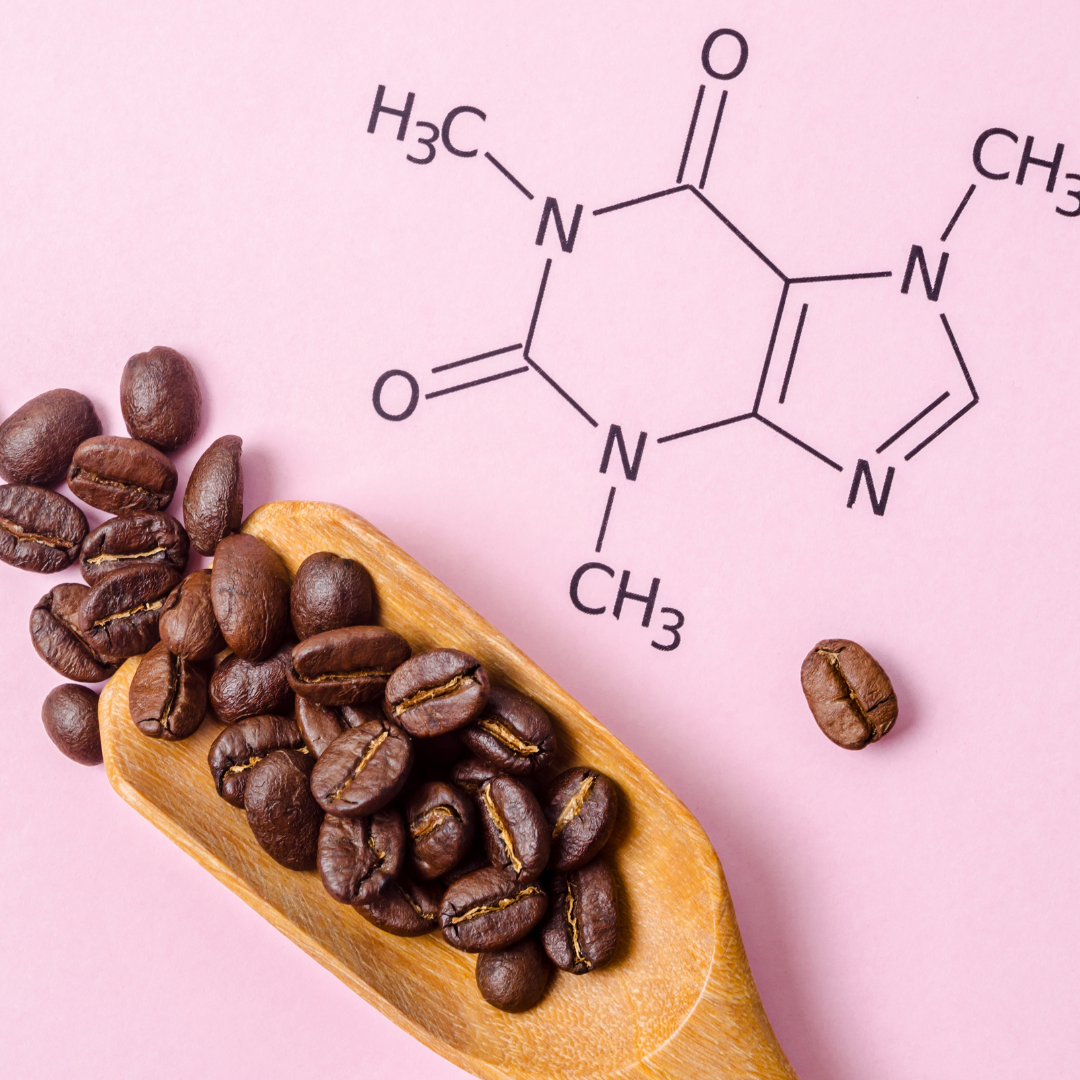SaladPower offers convenient, energy-boosting, performance-enhancing properties without the downsides of most energy drinks.
Most energy drinks are loaded with unhealthy ingredients, pump you with caffeine to keep you lifted until the inevitable crash, or both. At SaladPower, we encourage you to avoid these unhealthy options and build dietary habits that involve organic, nutritious sources of energy. That is why, in today’s article, we are making our case as to why SaladPower is the best natural, caffeine-free energy drink on the market!
In addition to the nutrients and vitamins contained in our ingredients—which are all organic, all the time—we will outline the energy-giving properties in our SaladPower organic smoothies.
How SaladPower Boosts Energy
On a general level, it is helpful to note that highly-processed foods often cause fatigue, whereas fresh foods packed with nutrients boost energy levels.[1] As mentioned, SaladPower is fresh and all-organic, with each ingredient sourced from sustainable, pesticide-free farms we hand-select and monitor.
Not only do we exclusively use fresh, organic ingredients, we also labored over the types of foods we chose to include in our product, ultimately landing on a number of superfoods to ensure you are getting the most vitamins and nutrients out of each and every pouch. Please see our article on superfoods {hyperlink ‘Superfoods’ article} to find out more about what makes these foods so special.
Both spinach and kale, two key superfoods in SaladPower, are rich sources of iron.[2] [3] As a necessary element of hemoglobin, iron directly contributes to energy production, cellular metabolism, and tissue function in the body. Moreover, iron plays a role in sending oxygen from the lungs to the rest of the body to ensure muscles perform optimally.[4]
Spinach and kale also contain tons of vitamin C to aid the body in absorbing the iron necessary to carry on energy production.[5] Spinach carries the added benefits of vitamin D, which has been linked with reducing fatigue.[6]
The broccoli in SaladPower has an impressive health profile that contributes to more energy and, conversely, less fatigue. Not only is broccoli another source of iron and vitamin C, it also contains a host of antioxidants, which have been linked to improved energy metabolism and superior athletic performance.[7]
In fact, all of the ingredients in SaladPower—kale, spinach, broccoli, carrot, apple, and lemon—are excellent sources of antioxidants and the energy-boosting, performance-enhancing properties that come with them.
The ways the premium ingredients in SaladPower help boost energy are too numerous to include in one article, but we cannot help ourselves from listing a couple more. For one, the fiber in apples balances energy levels, reducing fatigue and sluggishness.[8] Meanwhile, the potassium in lemons has been linked with higher energy levels, whereas a potassium deficiency can lead to exhaustion and chronic sleepiness.[9]
The Convenience Factor
While our customers love the nutritious, energy-giving ingredients in our organic smoothies, another reason SaladPower is the best natural, caffeine-free energy drink on the market is its convenience. To keep your energy up throughout the day, it is important to eat nutritious meals and incorporate healthy snacks when energy levels wane.
Despite the vital role that snacks play in maintaining energy throughout the day—one study estimates that they account for an average of one-third of daily energy intake—most of the snacks you find on the market are energy-dense and nutrient-poor.[10]
With SaladPower, you have a ready-made organic smoothie in an ergonomic pouch that you can access by simply twisting a cap. No need to order from a restaurant or endure the time-consuming process of preparing a meal (not to mention cleaning afterwards).
We invite you to take advantage of the convenience of our monthly subscription service, so you can have our energy-boosting pouches delivered to your door as suits your schedule and dietary needs.
By this point, we hope you agree: SaladPower is the best natural, caffeine-free energy drink on the market!
[1] Foods that beat fatigue: What to eat and other diet tips. (2020, March 16). Www.medicalnewstoday.com. https://www.medicalnewstoday.com/articles/foods-that-beat-fatigue
[2] U.S. Department of Agriculture. (2019). FoodData Central. Usda.gov. https://fdc.nal.usda.gov/fdc-app.html#/food-details/168462/nutrients
[3] U.S. Department of Agriculture. (n.d.). FoodData Central. Fdc.nal.usda.gov. https://fdc.nal.usda.gov/fdc-app.html#/food-details/323505/nutrients
[4] Moustarah, F., & Daley, S. F. (2024). Dietary Iron. PubMed; StatPearls Publishing. https://www.ncbi.nlm.nih.gov/books/NBK540969/#:~:text=Iron%20is%20an%20essential%20component
[5] Li, N., Zhao, G., Wu, W., Zhang, M., Liu, W., Chen, Q., & Wang, X. (2020). The Efficacy and Safety of Vitamin C for Iron Supplementation in Adult Patients With Iron Deficiency Anemia: A Randomized Clinical Trial. JAMA network open, 3(11), e2023644. https://doi.org/10.1001/jamanetworkopen.2020.23644
[6] Sinha, A., Hollingsworth, K. G., Ball, S., & Cheetham, T. (2013). Improving the vitamin D status of vitamin D deficient adults is associated with improved mitochondrial oxidative function in skeletal muscle. The Journal of Clinical Endocrinology and Metabolism, 98(3), E509-13. https://doi.org/10.1210/jc.2012-3592
[7] Takami, M., Aoi, W., Terajima, H., Tanimura, Y., Wada, S., & Higashi, A. (2019). Effect of dietary antioxidant-rich foods combined with aerobic training on energy metabolism in healthy young men. Journal of clinical biochemistry and nutrition, 64(1), 79–85. https://doi.org/10.3164/jcbn.18-40
[8] Hervik, A. K., & Svihus, B. (2019). The Role of Fiber in Energy Balance. Journal of nutrition and metabolism, 2019, 4983657. https://doi.org/10.1155/2019/4983657
[9] Signs You’re Not Getting Enough Potassium and What to Do About It. (n.d.). EatingWell. https://www.eatingwell.com/article/290730/signs-youre-not-getting-enough-potassium-and-what-to-do-about-it/
[10] Njike, V. Y., Smith, T. M., Shuval, O., Shuval, K., Edshteyn, I., Kalantari, V., & Yaroch, A. L. (2016). Snack Food, Satiety, and Weight. Advances in nutrition (Bethesda, Md.), 7(5), 866–878. https://doi.org/10.3945/an.115.009340

